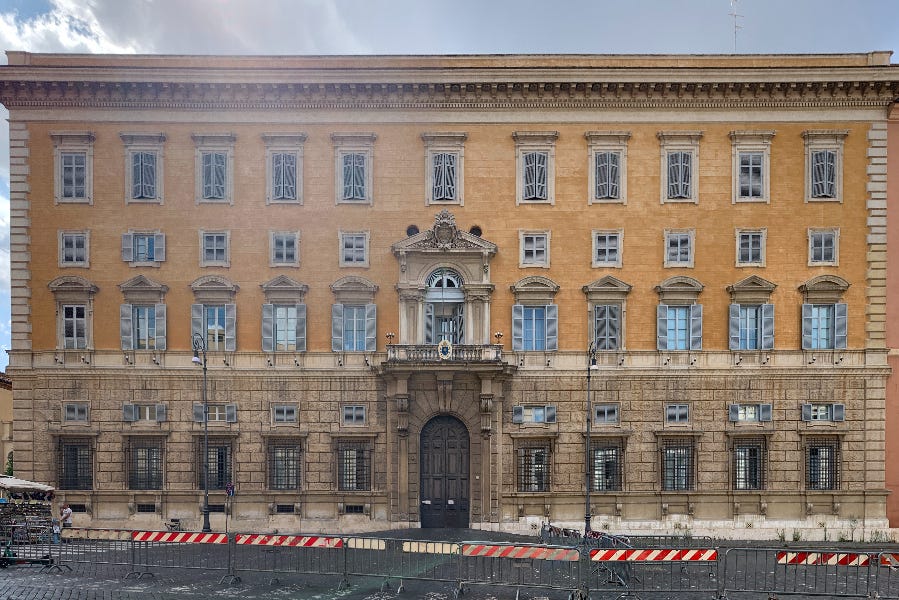DDF clarifies ‘Fiducia supplicans’ after ‘understandable’ bishops’ reactions
The Vatican’s doctrine office said it wanted to ‘clarify the reception’ of the controversial declaration.
The Vatican’s doctrinal office issued a clarification Thursday regarding its recent declaration on “the possibility of blessing couples in irregular situations and same-sex couples.”

In a more than 2,000-word press release
